
In 1985, Director Tezka Macoto released a singular send-up of the Japanese entertainment industry. THE LEGEND OF THE STARDUST BROTHERS was a moussed and glittering New Wave-tastic mélange of mediums; from music, to fashion, to animation -- with zombies! So much 1980s in one film, how could it fail?
At Japan Cuts 2019, Tezka talked exclusively with LMD about the film’s rediscovery, and his place overseeing the legacy of his father, manga legend, Tezuka Osamu.
Dig it!
THE LEGEND OF THE STARDUST BROTHERS
Director Tezka Macoto
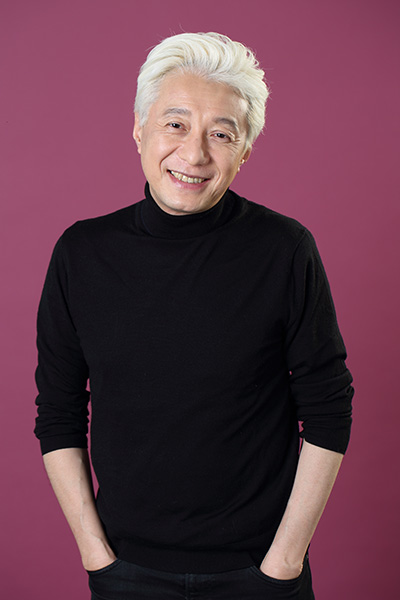
The Lady Miz Diva: For a film
that was originally produced in 1985, how surprised are you that THE
LEGEND OF THE STARDUST BROTHERS is having its New York premiere, at
last?
Tezka Macoto: It feels very strange. It’s as if we are going back to the future, into the past.
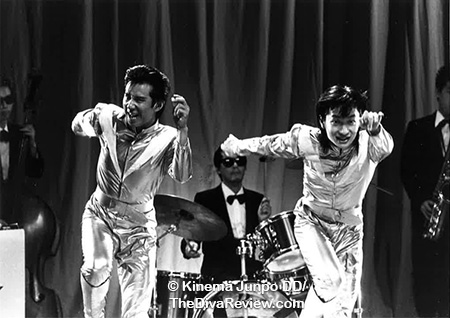 LMD:
What is interesting is you show a side to the entertainment industry,
particularly with pop idols, that still exists today, in the way idol
groups are put together and packaged and processed, and then often
discarded. It seems worse now than when you made the film. Was part of
that commentary you were making?
LMD:
What is interesting is you show a side to the entertainment industry,
particularly with pop idols, that still exists today, in the way idol
groups are put together and packaged and processed, and then often
discarded. It seems worse now than when you made the film. Was part of
that commentary you were making?
TM: When I made it, I was definitely feeling critical towards the entertainment industry in Japan at the time. But I feel as though it hasn’t really changed since the 80s, and it actually continues to be the same, now. And now it seems that things are continuing to be difficult for young musicians and actors that are getting produced in the way that you described.
So, in the film, there is an alliance between political actors and the entertainment industry. At the time, this was a total fiction that I just thought about my own, but, actually, in the entertainment industry today, that is something that is actually happening.
LMD: Was this film a chicken or the egg proposition? Did the idea for the scenario come first, or the idea of doing something musically with the musician, Haruo Chikada?
TM: So, the music came absolutely first. There was no story with just music, so I came up with the story, and then brought it up to Chikada-san, and then he said, “Please go ahead and make this film.” And where there were scenes that lacked music, he made more music in order to fill the film.
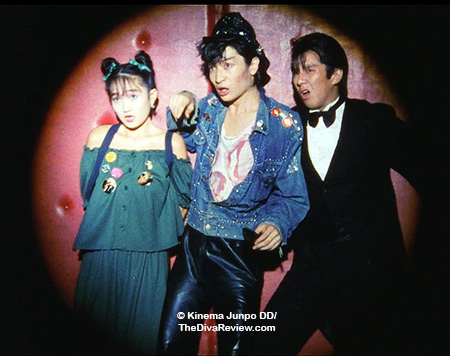 LMD:
In your cast you had actual musicians, like Kan Takagi, Kubota Shingo,
Issay, the late Togawa Kyoko, and the great Ozaki Kiyohiko. With
this many real musicians, clearly, this wasn’t just a lark. You seemed
serious about the musical content.
LMD:
In your cast you had actual musicians, like Kan Takagi, Kubota Shingo,
Issay, the late Togawa Kyoko, and the great Ozaki Kiyohiko. With
this many real musicians, clearly, this wasn’t just a lark. You seemed
serious about the musical content.
TM: So, first, the Stardust Brothers, themselves, were cast, and these were close friends of Chikada Haruo-san and mine. This was an easy way to have a cast that would be easy to work with. After that, the cast was built by basically, who would be compatible with these two non-actors?
So, actually, there is a funny anecdote about the casting of Issay: We were having a casting meeting, and then one of the producers’ assistants accidentally dropped the pile of documents. So, everyone got on the floor and was picking up pieces of paper to give back to him, and the one that I happened to pick up happened to be Issay’s profile.
Actually, that document wasn’t even a casting document, it was a random thing that he had himself within the documents, and when I saw it, I said, “I want to meet this guy.” I met him, and then we got along famously, and I decided to cast him in the film, and that happens to be his debut as an actor. That was also his debut as a musician: It was after performing in that movie that he decided to become a musician, himself, and since then, he’s had a career of over 35 years.
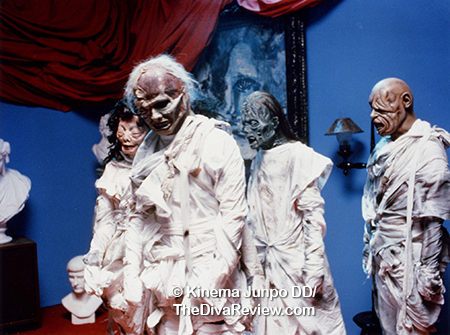 LMD:
I had not seen THE LEGEND OF THE STARDUST BROTHERS before, but I was so
entertained by it. The costumes alone are worth the price of
admission, but you also have all the musical numbers, the family drama
storyline, comments on pop stardom and the star factory, which is still
relevant today, your trippy animation sequence, and zombies. Why
did it not do well in Japan?
LMD:
I had not seen THE LEGEND OF THE STARDUST BROTHERS before, but I was so
entertained by it. The costumes alone are worth the price of
admission, but you also have all the musical numbers, the family drama
storyline, comments on pop stardom and the star factory, which is still
relevant today, your trippy animation sequence, and zombies. Why
did it not do well in Japan?
TM: Well, we produced this film in a totally indie way. There was no actual film production company backing it, and so, it was all very DIY. And in the casting; we cast people that were not very famous at the time, anyway, so I think it was just a problem with promotion.
So, as I’m sure you know, in the 80s, there was a boom in all this kind of culture. And so, even though there was a cultural boom, as far interesting things coming out, Japanese film actually happened to be very serious at the time, and I actually think that maybe people were a little shocked by the difference. People actually wanted more serious content, and so that might be one of the other reasons.
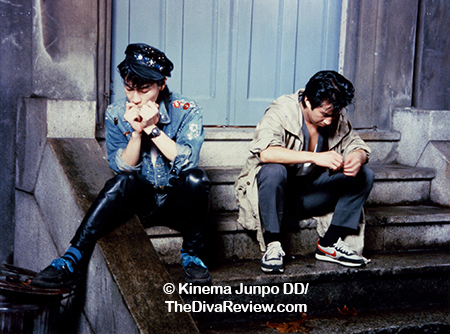 LMD:
When did you first get the sense that this film was being rediscovered?
LMD:
When did you first get the sense that this film was being rediscovered?
TM: So, it would’ve been about 30 years after making this film. The other people that worked on the film and myself decided that we’d like to do an anniversary event. So, we held a concert. After that, that went really well, so everyone wanted to make another film. I told them that, “You know, I’ve made a film before, and it was very difficult, so I actually don’t want to do it.” One of the people involved, said, “I can totally get the funding,” so they ended up making another film, and this became like a paired film -- the first one. So, that became an opportunity to screen STARDUST BROTHERS once again.
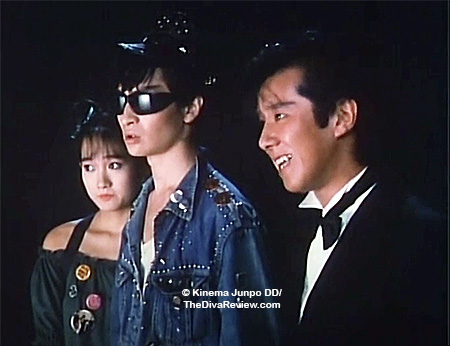 LMD:
That second film from 2016 was called THE BRAND NEW LEGEND OF THE
STARDUST BROTHERS, with many of the original cast, and new musical
appearances. What was it like to have a second chance at the material?
To make this new film, while looking back at the old one?
LMD:
That second film from 2016 was called THE BRAND NEW LEGEND OF THE
STARDUST BROTHERS, with many of the original cast, and new musical
appearances. What was it like to have a second chance at the material?
To make this new film, while looking back at the old one?
TM: So, actually I mentioned earlier that movies in the 80s in Japan were very serious, but I actually think that Japanese movies today are even more serious. I really wanted people to experience the fun that we were able to create back in the 80s. But this time, we didn’t want to just repeat the old narratives, so we added new ideas, but for fans of the old film, it actually was too many new ideas. So, too new. {Laughs}
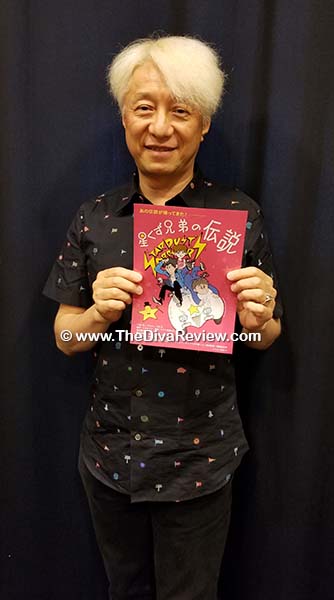 LMD:
While THE LEGEND OF THE STARDUST BROTHERS is screening here and many
people will see it for the first time, you have made many films over
nearly 50 years. Those include a documentary on Kurosawa, and HAKUCHI,
which took 10 years to develop and is an amazing piece of surrealist
art. You directed the legendary anime, BLACK JACK.
LMD:
While THE LEGEND OF THE STARDUST BROTHERS is screening here and many
people will see it for the first time, you have made many films over
nearly 50 years. Those include a documentary on Kurosawa, and HAKUCHI,
which took 10 years to develop and is an amazing piece of surrealist
art. You directed the legendary anime, BLACK JACK.
Was there any other thing you could ever have considered doing other than creating moving art?
TM: First and foremost, I want to make films. But, of course, I always have other interests going on, and I’ve always been doing other new and fresh projects. For instance, right now, I’ve been working on trying to produce a real robot. There is another project where we are trying to make a Broadway musical. So, of course, there are other things happening for me.
I love to challenge myself. Of course, I’ve been making films for really long time, but I am always open to new challenges. It is always very difficult, but very rewarding.
LMD: On the website for your company, NEONTETRA, your biography describes you as a “visualist.” What does that mean?
TM: As I mentioned, I do a lot of work other than making films, and if I were to list all of my titles, that list would be way too long. So, I came up with this title when I was a student, and it means that I am visualising visions. So, for instance, I am making a robot, but of course that robot comes through my vision; so that title becomes very apt for that role, as well.
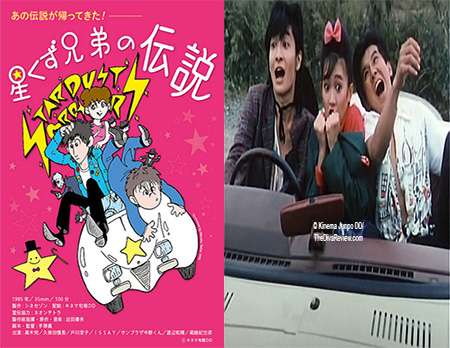 LMD:
I sense it might be a very thin line between the two in your case, but
having directed both anime and live-action, what are the benefits and
drawbacks of both? Which allows you the most creative satisfaction?
LMD:
I sense it might be a very thin line between the two in your case, but
having directed both anime and live-action, what are the benefits and
drawbacks of both? Which allows you the most creative satisfaction?
TM: Of course, they are two very different production processes, but the output is always a moving image. When I am working on an anime, I have to be very selfish about how I direct. But I actually enjoy working with a lot of people, so, in a sense, I enjoy live action, because I get to be on set with more people. In the end, both are very rewarding processes for me.
So, my original thought was, ‘How can I make a live action film the way I make an anime?’ The first thing when you make an anime, is that you have to storyboard. So, when I was making STARDUST BROTHERS, I first storyboarded everything in the same way that I would storyboard an anime, and I do all of these, myself. But what I realised when I was working on the film was that the actors and the staff can’t actually do things exactly how I drew into the storyboard. And so, there became some differences, and so I tried out different processes.
{Tezka presents a small poster with cartoon figures on it.} So, this is the very first drawing that I made of the Stardust brothers. This is a reprint, but as you can see, I was really thinking about it as if they were an anime. A friend of mine was able to publish this. {Laughs}
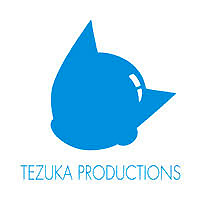 LMD:
Of course, besides being a filmmaker in your own right, you are the son
of the legendary manga artist and animator, Tezuka Osamu, and you
oversee the licensing of his properties. The use of those properties
has been very judicious.
LMD:
Of course, besides being a filmmaker in your own right, you are the son
of the legendary manga artist and animator, Tezuka Osamu, and you
oversee the licensing of his properties. The use of those properties
has been very judicious.
Is there a philosophy or standard that one must meet before Tezuka Productions will consider a collaboration?
TM: Tezuka had a lot of themes that he was thinking about. Most importantly, he thought it was important that people live peacefully together; that everyone respect each other, and that we take care to protect nature. So, as long as the person bringing a project respects these ideas, then we would usually be okay with it. We try to be as open as possible, but if they don’t consider these themes in their work, then we might say no.
So, there are many staff that remain in the company that actually worked with my father, and so they know what he wanted very well. And so, when someone brings a project to us, then everyone will attend the presentation, do many meetings afterwards, and come to a decision together.
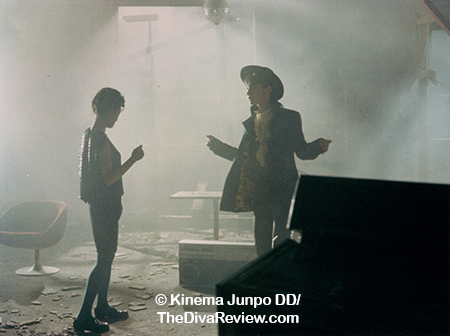 LMD:
One more question about your father. Many times parents who’ve
succeeded in a difficult industry do not want their children to do the
same thing. Obviously, you are an artist, and I’m not sure anything
would’ve stopped you, but was your father encouraging about your
artistic pursuits?
LMD:
One more question about your father. Many times parents who’ve
succeeded in a difficult industry do not want their children to do the
same thing. Obviously, you are an artist, and I’m not sure anything
would’ve stopped you, but was your father encouraging about your
artistic pursuits?
TM: So, of course, he encouraged me very much. He was very busy, so it’s not as if he would give me very direct directions on what I should do, but when I made my first movie, he really loved it. I think that being that he was born in the time that he was born in, it’s that he made manga; even though maybe if he was born today, he would’ve liked to make films. So, I think that, if anything, I was following in his dreams.
I think that with my friends, we all started to do creative work when we were young, but at around 20 years old, when you are in university, you start to wonder if you should be doing this as your work, or keeping to do it as a hobby. But by the time I was making my first films, I was 16 or 17, so when I was 20, I was already very firm in my decision. If that didn’t go so well, I might’ve considered otherwise about my profession, but luckily, I’ve been able to continue to do this for a very long time.
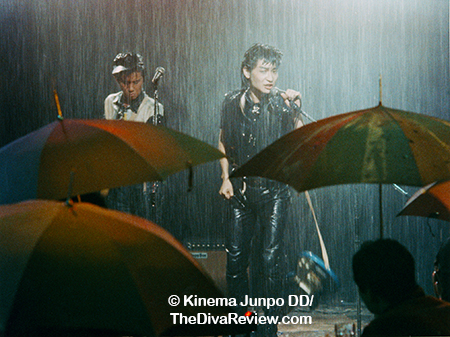 LMD:
As someone who’s been making their own films since they were 16 or 17,
what words of advice would you give to a young filmmaker, who, as you
just mentioned might not be sure whether they want to pursue their art
for living?
LMD:
As someone who’s been making their own films since they were 16 or 17,
what words of advice would you give to a young filmmaker, who, as you
just mentioned might not be sure whether they want to pursue their art
for living?
TM: If you want to make something, go ahead and do it. Don’t hesitate. When I first was making my films, I was 16 or 17, so I didn’t even know what hesitation was. Of course, I was critical in the end, and there were things I thought I could change, but it is that pursuit of perfection that has kept me going. So, my main advice is to just not hesitate, and just do it.
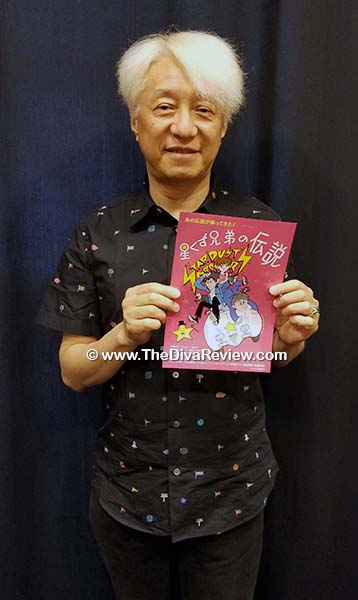 LMD:
I’ve seen a trailer for what appears to be your upcoming project called
BARBARA, originally written by Tezuka Osamu, featuring one of Japan
Cuts’ favourites, Nikaido Fumi, and cinematography by the great
Christopher Doyle. What can you tell us about it?
LMD:
I’ve seen a trailer for what appears to be your upcoming project called
BARBARA, originally written by Tezuka Osamu, featuring one of Japan
Cuts’ favourites, Nikaido Fumi, and cinematography by the great
Christopher Doyle. What can you tell us about it?
TM: The film is complete, but as you were talking about in the first question, there were many difficult aspects about the Japanese entertainment industry. So, the movie stars Inagaki Goro, from SMAP -- which you are familiar with -- and he’s a truly wonderful actor, but because of things that are happening in the industry, he can’t actually be on TV, currently. So, those problems actually end up affecting the film, and leading to release delays. But we’re trying to clear those problems, and the producers are working very hard, and we hope that you will be able to watch it soon.
So, this film also has a few foreign producers -- non-Japanese producers -- and so there were a lot of ideas that we hope will resonate with a non-Japanese crowd. Postproduction was all done in Germany, so I think that there’s something a little bit non-Japanese about this film.
LMD: After what you’ve just said about it having international producers, is it possible to release it internationally first?
TM: So, I think that is totally a possibility, and that’s where producers are really working to try and get the film into foreign festivals.
~ The Lady Miz Diva
July 27th, 2019
© 2006-2022 The Diva Review.com
|
|















